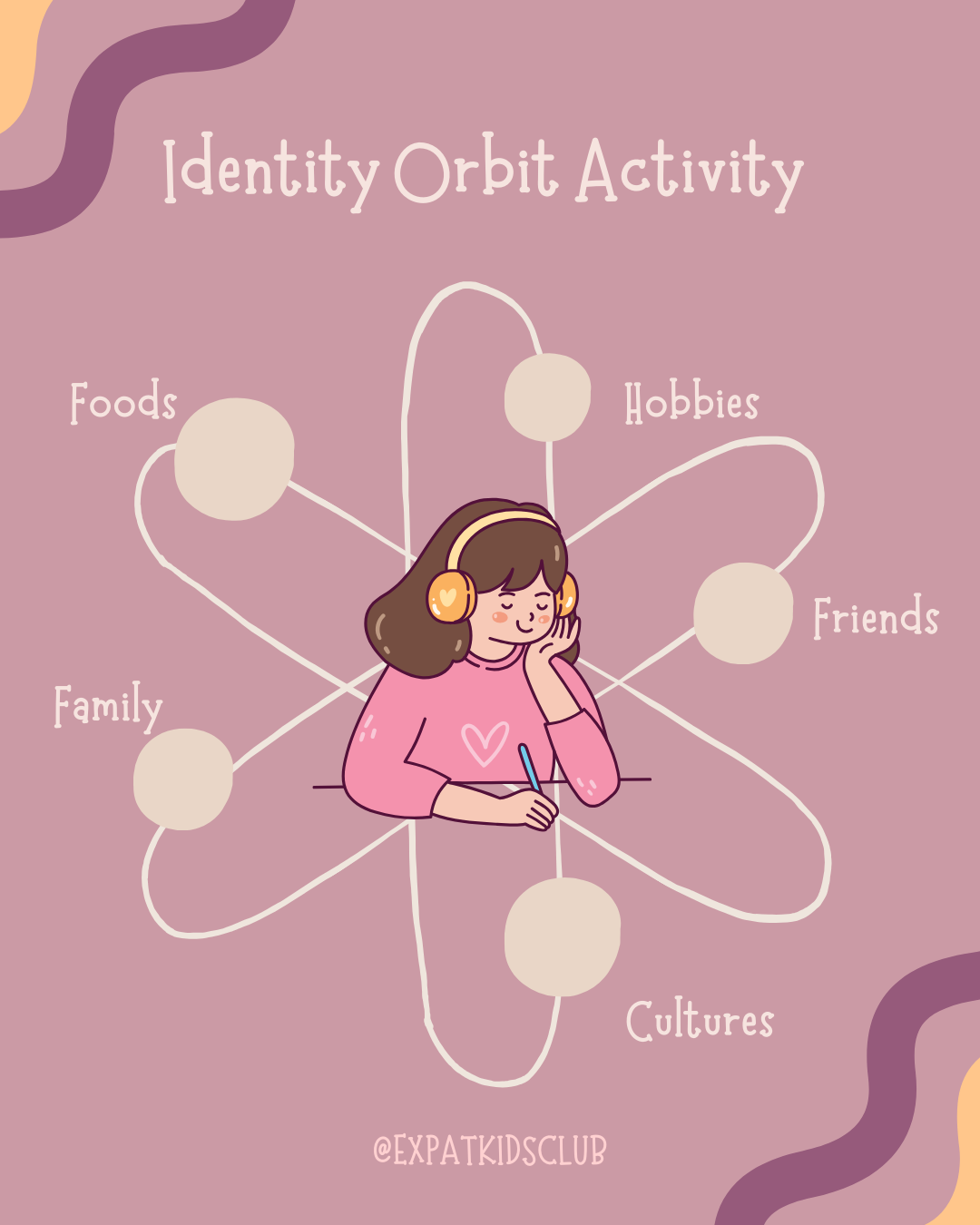Everything’s Different Now— And We Didn’t Even Move!
Sometimes, a child's world can change dramatically without ever packing a single box. It might be that their best friend moves to another country, or a favorite teacher retires. Maybe a sibling leaves home for college. These situations can leave your child feeling lost, even though their physical environment remains the same. As a parent, it's important to recognize and address the emotional impact of these changes.
No longer being able to see someone close to us is one of the most common and difficult parts of growing up. This can be an especially painful experience for a child, and it's important to give them the space and time to grieve. It’s not just the friend who has moved away; the world as your child knows it has shifted, too. They might feel left behind, with a deep sense of loss that can be hard to articulate.
As parents, we must recognize the significance of these events and offer support that validates the child’s feelings. But what’s the best way to accept the impact while still helping them move forward? This week, let’s talk about some ways to help your child develop emotional intelligence and resilience, maintain connections, and adjust to a new normal.
The Power of a Proper Goodbye
When a close friend or trusted figure leaves, it’s natural for a child to feel a deep sense of loss. Saying goodbye can be incredibly hard at any age, but it’s a necessary part of moving forward. A meaningful farewell allows your child to express their feelings and begin to process the change.
Start by talking with your child about what saying goodbye might look like for them. Do they want to plan a small party, create a memory book, or have a one-on-one hangout? By involving them in this decision, you’re giving them some control in a situation where they might otherwise feel powerless. Letting them take the lead can be a reassuring experience, helping them feel more settled in their emotions.
It’s also helpful to create a plan for staying in touch. For example, you might set up a regular video call schedule or help your child write letters or emails. These ongoing connections can soften the impact of the separation and give your child something to look forward to. Knowing that the relationship doesn’t have to end just because someone has moved away can provide a sense of continuity and stability.
Acknowledging Their Grief
When a child experiences the departure of a friend or loved one, the grief that follows is real and valid. Karen, one of our EKC therapists, often reminds her clients, staying behind when others move away can be even harder than moving. The pain of watching someone leave, knowing that your life continues without them, can feel deeply isolating.
It's important to acknowledge your child’s grief and let them know it’s okay to be sad. Often, children might feel like they’re supposed to “be strong” or “move on,” but suppressing emotions can lead to greater distress down the road.
Open a dialogue with your child about how they’re feeling. Simple, open-ended questions like “How are you feeling about your friend moving?” or “What’s been on your mind lately?” can invite them to share their thoughts. Listen without judgment, offering empathy and understanding. Let them know it’s okay to be sad, angry, or confused. These emotions are a natural response to change and loss.
To help your child process their grief, you can encourage them to reflect on the positive aspects of their relationship with the person who’s moved away. Ask them questions such as, “What have you kept from this person?” or “How are they still part of your life even though they’re not here physically?”.
These questions help your child see that the bond they share with their friend or loved one doesn’t disappear just because they’re no longer nearby. It’s a way to honor the relationship and keep it alive in a new form.
Recognizing and Addressing Regressive Behavior
When a child experiences loss, it’s not uncommon for them to show signs of regressive behavior. This might include becoming more clingy, experiencing disruptions in sleep or eating habits, or exhibiting behavior that seems younger than their age. These behaviors are often a way for children to seek comfort and security during a time of stress.
It’s important to approach these changes with patience and understanding. Rather than viewing them as a step backward, recognize that your child is trying to cope with their feelings. They might be seeking reassurance from you or attempting to regain a sense of control in their lives.
If your child becomes more dependent on you, consider this a temporary need rather than a permanent change. Offer extra attention and support, such as spending more one-on-one time with them and providing extra cuddles. It might even mean allowing them to sleep in your room if that makes them feel safe. These small gestures can go a long way in helping your child feel secure and loved during a difficult time.
However, if regressive behaviors persist or significantly interfere with your child’s daily life, it might be worth seeking additional support. Talking to a therapist who specializes in common child and adolescent issues can provide both you and your child with healthy coping strategies.
Have You Talked to Their Teacher?
Your child’s school environment plays a significant role in their sense of stability and well-being. When they experience a loss, such as a friend moving away, it’s helpful to involve their teachers and school staff in providing support. Educators can be key allies in helping your child navigate these emotional challenges.
Start by telling your child’s teacher about the situation. Let them know that your child has experienced a loss and might need some extra support. Teachers can then keep an eye on your child during the school day, offering a bit more understanding if they seem distracted or upset. They might also be able to provide opportunities for your child to express their feelings, such as through emotional check-ins, journaling or creative projects.
In some cases, it might be appropriate to request a temporary adjustment in academic expectations. If your child is struggling to concentrate, asking for a lighter homework load or extending deadlines can alleviate some of the pressure they’re feeling. The goal is to give your child the space to process their emotions without the added stress of schoolwork.
It’s also a good idea to encourage your child to talk to their school counselor if they’re comfortable doing so. School counselors are trained to help children navigate these kinds of challenges and can offer both emotional support and practical strategies for coping.
Exploring Identity and Belonging: The Identity Orbit Activity
As your child starts working through the changes in their environment, they might begin to question their sense of identity and belonging. This is where the Identity Orbit Activity can be particularly helpful.
Created by Megan Norton, this activity is designed to help children visualize and understand the different aspects of their identity. It shows them that even as some things move further away, they are still part of who they are. If you’re working with a therapist, this is an activity that might come up in your child’s session. You can also try it out at home.
To do the Identity Orbit Activity, start by having your child place their name in the center of a piece of paper. Around their name, they can draw several rings, or “orbits.” In the rings closest to their name, they can write down things that are currently significant in their life. This might include a favorite food, a close friend, or a hobby they love. In the outer rings, they can list things that are still part of their life but not as central. Examples could be a sport they used to play, a favorite toy from childhood, or a friend who has moved away.
Photo metatext: graphic showing identity orbit activity, a healthy coping strategy for moving forward from common life changes
This activity helps your child see that even though some things might not be as present in their daily life, they haven’t disappeared. They’re still part of their personal universe, just in a different orbit. It’s a powerful way to show that loss doesn’t mean something is gone forever. It’s just in a different place, and it might circle back again in the future.
You can also use this activity to talk about how identities can change over time, and that it’s okay for different things to become more or less important as they grow. This understanding can help your child feel more grounded and secure as they continue to grow and evolve. Remember, while their surroundings might change, your love and support remain constant—a foundation they can always rely on.
Navigating a Change? EKC is Here to Help.
Expat Kids Club isn’t just for expats – it’s for any child who needs support, anywhere in the world. We also offer video consults and appointments so our clients can build a stable, trusting relationship with their therapist, no matter where life takes them.
We specialize in helping children and parents navigate new experiences and situations from the universal to the unique. Our mission is to help kids, teens, and families build resiliency, discover their identities and values, and form healthy coping strategies to manage the tough moments.
EKC recognizes the importance of treating the family as a unit, bringing everyone together. We work with an individual approach and a systemic mindset to determine the best through any challenge.
Schedule a call today to speak with one of our therapists and see how we can help your family thrive.

